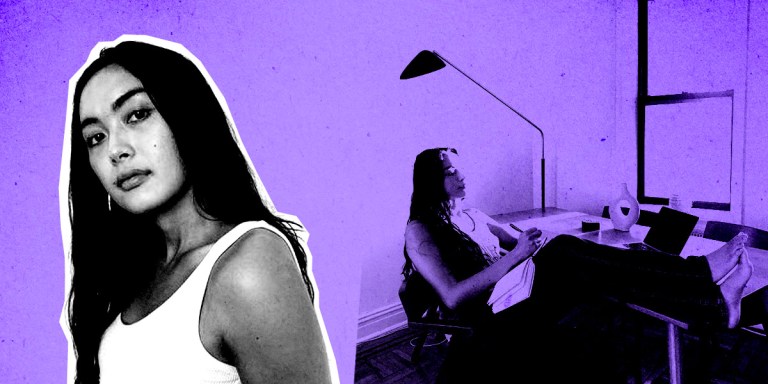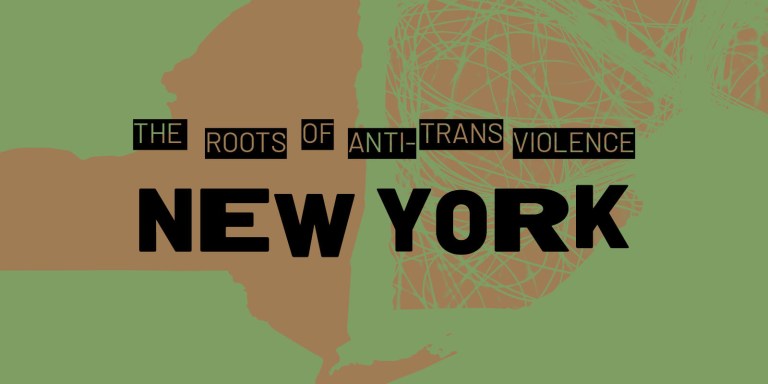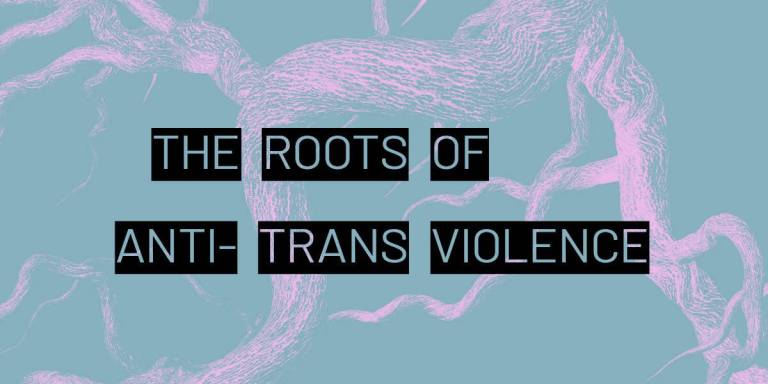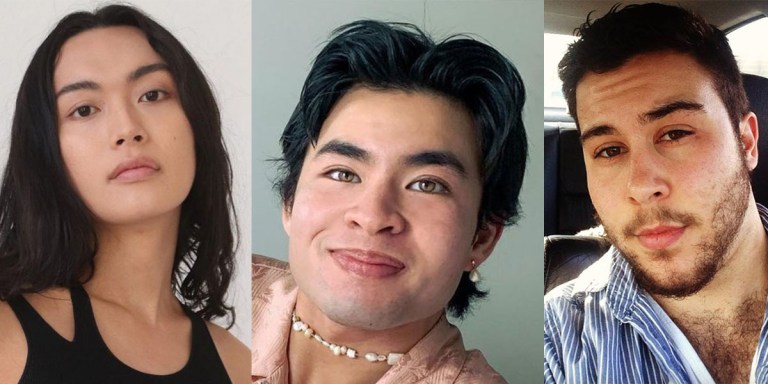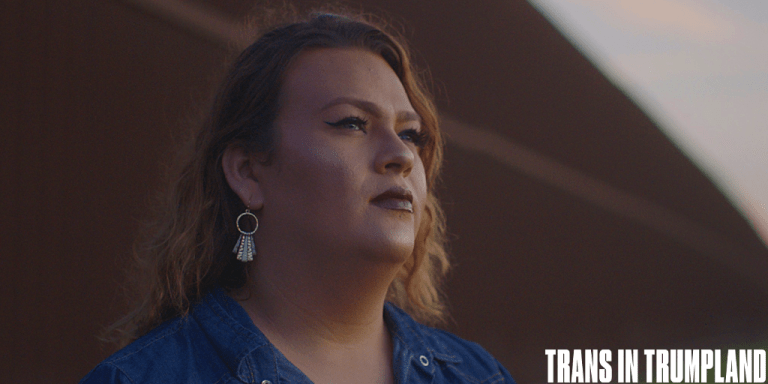xoai pham
Writer
Xoài Phạm is a Vietnamese trans person who descends from a long legacy of warriors, healers, and shamans. Her life’s work is in dreaming new futures where we are all limitless, and she makes those dreams a reality as a poet, essayist, editor, and collaborative educator. Learn more about her work here: xoai.co.






